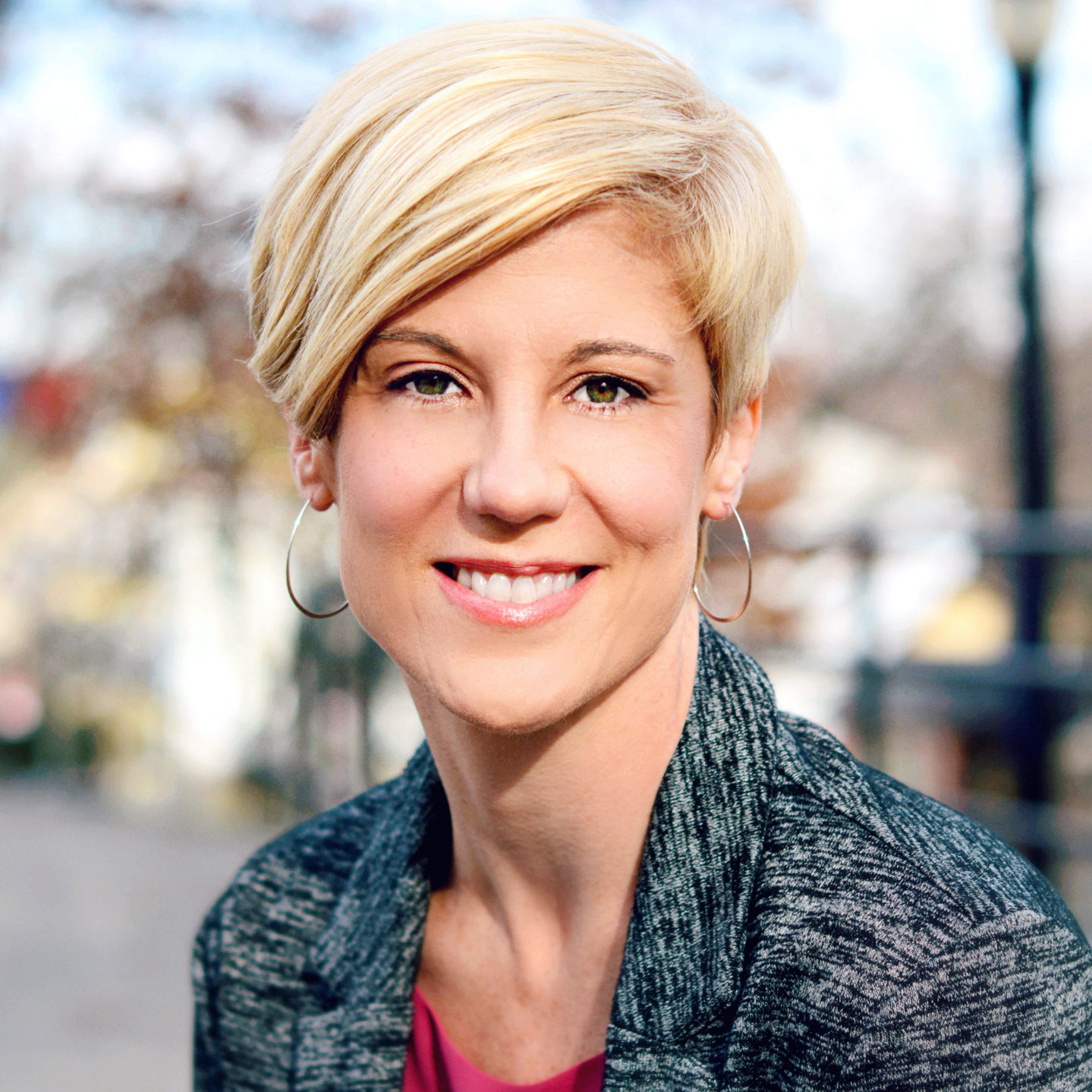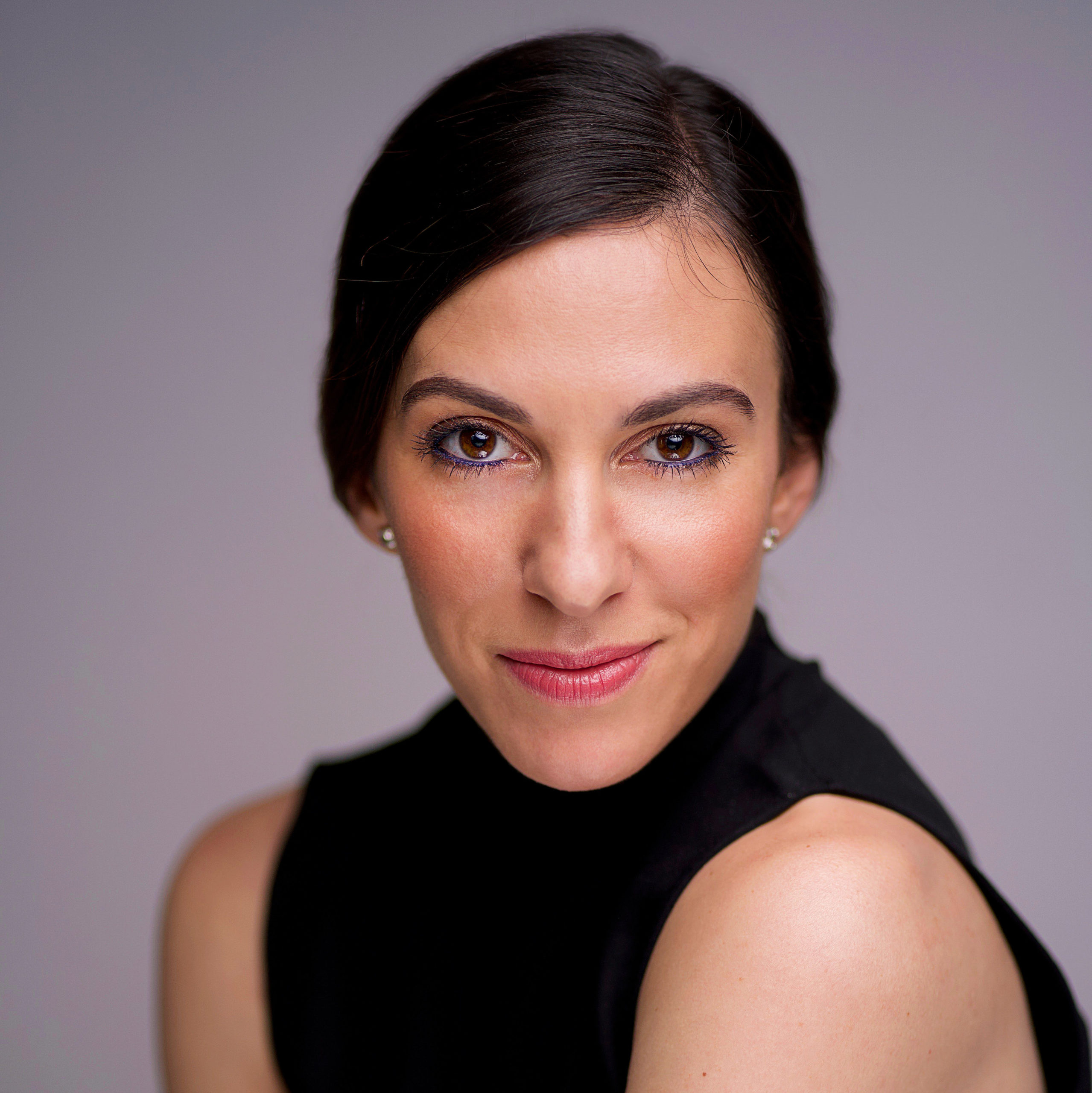What’s an Advisory Board, and Why Might Your Company Need One?
Advisory board: The name says it all, right? But when you consider how an advisory board differs from a board of directors—what kind of commitment you can expect from an advisory board, or how you might go about forming one in the first place—the idea becomes less cut-and-dried.
An advisory board is actually a flexible concept. It’s up to you and your organization to decide what you need from your circle of trusted advisors, whether that be diversity of experience, proven mentorship, idea springboards or big names who can help your company take the next step.
What Is an Advisory Board, Anyway?

Dance Company,Photo by Kelly Pratt, Courtesy Prange.
When an organization files for nonprofit status, one important stipulation is that a board of directors be created. But an advisory board serves a significantly different (though related) function. “Our advisory board is supplemental to our board of directors in that they aren’t governing board members—they don’t have a vote when it comes time for a full board approval of something—but they are a contingent of supporters or mentors who are on call,” says Erin Warner Prange, executive director of The Big Muddy Dance Company in St. Louis. “That way, if we need some additional voices on an idea or conversation, we have people who have a lot of experience and knowledge who can share their perspectives.”
Generally, advisory board members also don’t share the board of directors’ time and financial commitments, points out Tina Finkelman Berkett, artistic director of BODYTRAFFIC in L.A. Whereas board members would likely have to pay dues, attend board meetings and meet a minimum annual donation figure, “the advisory board,” she says, “is about close friends and believers of the company lending their names and expertise.”
It Takes a Village
One important factor to consider when creating an advisory board is diversity: of thought, backgrounds, industries, experiences. “Collect people who have a perspective that doesn’t look like yours,” says Prange. “Our president emeritus, for example, works for Metro St. Louis, the transit system. He gives an almost corporate perspective that I don’t have.” Finkelman Berkett recommends asking those with the wisdom of experience to be a part of your advisory board. “It’s about getting feedback and advice from people who have been there before you,” she says.

An effective pitch to potential advisors is that it’s an opportunity to help shape a company in a less hands-on way than the governing board. “Most people are not ready to dive right into the full-time commitment of being a board member,” says Nancy Kleaver, executive director of the dance education organization Dancing Classrooms in New York City. “The advisory board is a lower entry point.” Prange, for example, prefers to meet with advisory members one-on-one, in casual situations. “I often have coffee or lunch with advisory board members, rather than regular meetings,” she says.
Even if you’re not ready to form an advisory board, Finkelman Berkett recommends finding mentors. Your future self will be grateful for the groundwork you’ve laid when it comes time to formalize that mentorship into an official advisory role. “Make sure they understand why: ‘I really want to connect with you because I admire you, and it would mean the world to me if you would have a 15-minute conversation with me,’” she says. “I had previous relationships with all of the people on our advisory board, so I could say to them: ‘You’ve been so influential in my life—how might you feel about us being able to acknowledge you and the work you’ve done for the company?’ ”

Advisory Board Best Practices
Maintain relationships: Keep advisory board members abreast of what your company’s up to and what the future holds. “Don’t fall into the trap of putting a lot of wonderful names on your letterhead because it looks good—and then fall out of touch with those people,” says Kleaver. “If you send out a letter of intent to a funder on your letterhead that lists these amazing people, and someone on that panel reaches out to person X and they don’t know what you’re talking about, that’s a problem.”

Set expectations: Maybe you’re looking for a springboard; maybe you need someone with connections to a specific industry that you can mine. Either way, be up-front with your advisory committee. “All of the people on our advisory board are mentors to me,” says Finkelman Berkett. “But someone else might ask someone to be on their advisory board with expectations that go beyond advice.”
Keep it real: “An advisory committee should represent the people that you’re serving—and the people that you’re not serving but want to be,” says Kleaver. “It’s not just asking someone notable in the field you want to be associated with, or about showing that you have high-level connections.”
Follow the golden rule: “It should be reciprocal, like any friendship or relationship,” says Kleaver. “If you’re inviting choreographer X onto your advisory committee and leaning on them for advice, keep in mind when their next premiere comes up—you need to show up. You won’t even know what that person has to offer you until you’ve entered into their world.”




